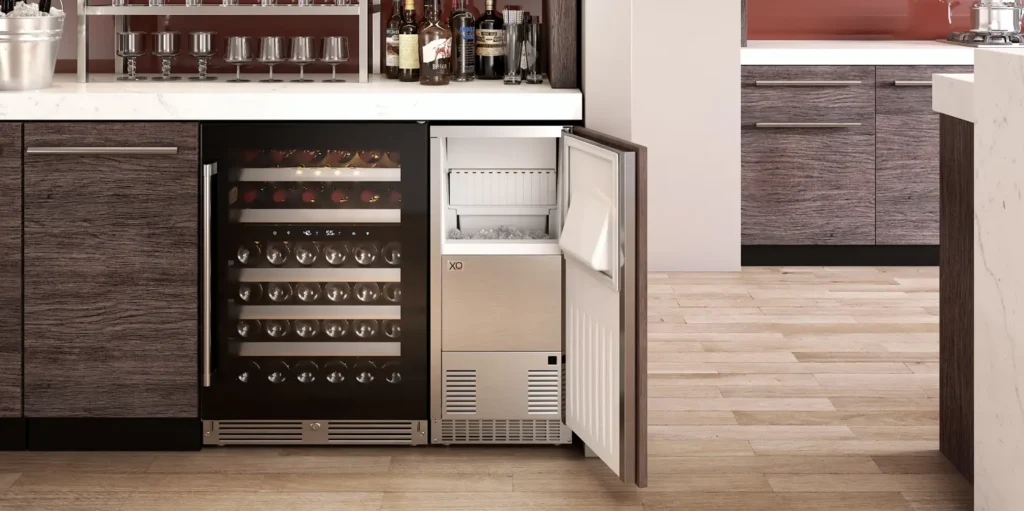Why This Problem Happens
Installing a new ice maker should feel like an upgrade to your kitchen, but sometimes disappointment sets in when no ice is produced. This issue is surprisingly common and can stem from several causes.
The most frequent culprit is the water supply. If the inlet valve isn’t fully open, or if the line is kinked or clogged with sediment, the machine simply won’t get enough water to produce ice. Another overlooked factor is the water filter: when it becomes blocked, either from mineral buildup or debris, the ice maker is starved of water even if the rest of the fridge seems fine.
Temperature settings also matter. An ice maker needs a consistently cold environment to freeze water into cubes. If the freezer is running warmer than 0°F (-18°C), the process slows dramatically, sometimes to a complete stop.
Electrical and mechanical issues are less common but still possible. A faulty motor, a misaligned sensor, or even an improper installation can all prevent ice production. In rare cases, new units can be defective out of the box.

How to Identify the Issue
Before panicking, it’s worth taking a closer look at the signs your ice maker gives you. Start by listening: when the machine is working, you should hear the faint sound of water filling the tray. If that’s missing, the supply line may be the issue.
Inspect the ice bin. Is it completely empty, or are there small, malformed cubes? Tiny or hollow cubes usually point to a restricted water flow. On the other hand, no cubes at all, combined with frost buildup in the freezer, may suggest that your temperature is too high.
You can also check the water filter indicator (if your refrigerator has one). A red or flashing light usually means it’s overdue for replacement. In some cases, running the dispenser for a few seconds can reveal reduced water pressure, another sign of a blocked filter.
Finally, look at the installation itself. Loose electrical connections or misaligned parts during setup can prevent the unit from cycling properly.

What You Can Do Yourself
Fortunately, many of these problems can be fixed without professional tools. Here are a few steps worth trying:
- Check the water line — Make sure it’s tightly connected to both the fridge and the valve, and that it isn’t bent or pinched behind the appliance.
- Replace the water filter — Most filters should be changed every six months. If it’s older than that, swap it out and flush the system to remove air bubbles.
- Adjust the freezer temperature — Ensure it’s set between 0°F and 5°F (-15°C to -18°C). Anything higher can prevent proper ice formation.
- Inspect for ice blockages — Sometimes the fill tube freezes. A gentle application of warm (not boiling) water can thaw it safely.
- Reset the ice maker — Many models include a reset button. Holding it down for a few seconds can restart the cycle.
These small interventions often bring the ice maker back to life. It may take a few hours for the first batch of cubes to appear, so patience is key after each adjustment.
When to Call for Professional Repair
If you’ve checked everything and your ice maker is still stubbornly quiet, it’s probably time to call in a professional. Persistent problems usually indicate deeper mechanical or electrical faults, such as a broken control board, defective motor, or damaged inlet valve.
Trying to fix these on your own can be frustrating and, in some cases, risky. That’s why many homeowners choose expert help to save time and prevent further damage.
For fast and reliable service in New York, you can turn to Express Repair. Their technicians specialize in urgent fridge and ice maker repairs, offering same-day solutions when your kitchen needs ice the most. With professional tools and experience, they can pinpoint the exact cause and restore your appliance to full function quickly.
